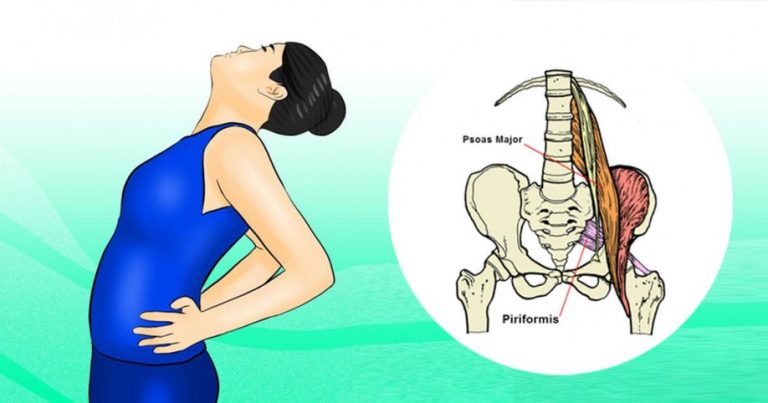Sciatica is a painful condition caused by a pinched nerve in the lower back.
It is a frequent problem that causes excruciating pain and movement difficulties. Sciatica pain can induce numbness in the upper thighs, loss of bladder or bowel control, and increasing paralysis of the lower extremities in the most severe cases.
The sciatic nerve is the longest bodily nerve, beginning in the lumbar (lower) region of the spinal column and running down to the legs.
As a result, the pain it produces spreads throughout the body, frequently affecting one side at a time. This pain can be caused by a variety of illnesses, which professionals frequently fail to recognise and cannot pinpoint the source of the irritation.
However, the most common cause of sciatica pain is a herniated disc pressing on the sciatic nerve. A bone, tumour, or a neighbouring muscle may potentially irritate or impinge on the nerve, causing discomfort.
However, a tight or misplaced muscle can be the source of sciatica nerve pain.
Doctors frequently overlook the piriformis muscle as a probable cause since it is woven through bone and other muscles, beginning at the sacrum’s front, moving into the pelvic cavity, joining at the top of the femur, and covering a portion of the sciatic nerve.
Piriformis syndrome occurs when it pushes on the sciatic nerve or other gluteus muscles. However, a misplaced piriformis can cause a variety of pains in the lower back and legs.
However, if the back discomfort is not caused by a herniated muscle, but by this one, it can be treated without the need of physical therapy, surgery, or medicines.
Stretching can assist relieve pain by releasing tightness and tension, soothing irritation and inflammation, reducing misalignment, and so relieving pain in this muscle.
Find out more about: How to Get Rid of a Painful Ingrown Toenail as Fast as Possible Without Seeing a Doctor
The following two stretches can yield incredible results:
1.Lie down and cross the troublesome leg over the other at the knees, bending both legs. Then, on the same side of the body, gently bring the knee up towards the shoulder. When you feel the stretch, hold for 30 seconds before returning to your starting position. Rep three times.
2. While lying down, maintain the legs flat and bring the painful one towards the chest, grasping the left knee with the left hand and the ankle with the other.
Pull the knee in the direction of the opposite leg, leading with your ankle, until you feel a light stretch. Then, hold for 30 seconds before releasing and returning to your starting position. Make three repeats.
Furthermore, several non-invasive treatments that can dramatically reduce your sciatica pain include:
1.Cold and hot compresses can help relieve pain and reduce inflammation. Apply an ice pack to the hurting area, then replace it with a heating pad, and then apply an ice pack again. You will enhance blood flow and relax stiff muscles this way.
2. A topical application of St. John’s Wort may also help to reduce pain. You will notice a significant improvement if you massage the uncomfortable area with an oil infusion.
3. Professional massage therapists created trigger-point therapy, which is used to relieve muscle constriction. Even though the surgery to reach the piriformis is painful, it produces remarkable benefits.
When you combine massage therapy with stretching exercises, you will undoubtedly lessen the pain and pressure imposed to it, as you will return it to its proper position.
Additionally, you can try yoga, acupuncture, or chiropractic care. A combination approach may even have a long-term impact.
However, in the case of a sciatic nerve compression, you must not make rough or rapid motions, as this can cause excruciating agony, but rather softly push it.
4 The plant Devil’s Claw is an effective anti-inflammatory pain reliever, and its roots and tubers are used to treat arthritis, headaches, and lower back discomfort.
It is native to southern Africa and is coated with tiny hooks, which gives it its name. It is available in practically all natural food stores in the form of capsules and powder.
However, it should not be used in the event of peptic ulcers or as part of a therapy that includes blood-thinning medications.
After reading this text you can also read about: What Aloe Vera Does In Your Body: Why Egyptians Called It The Plant of Immortality



